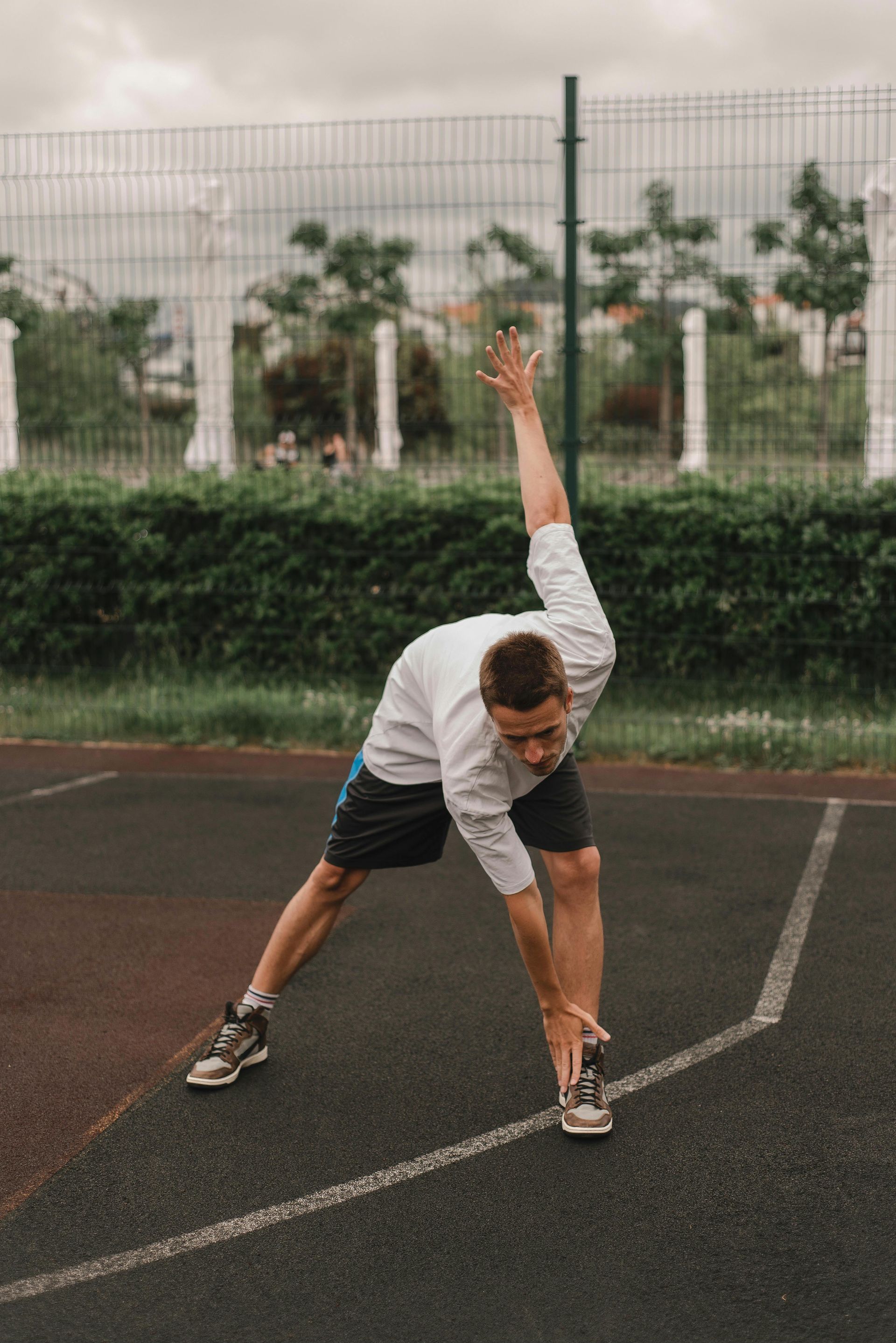EZ Bar Reverse Cable Curls
Here's a general guide on how to perform a reverse cable curl using an EZ bar:
Muscles Targeted:
- Primary: Brachialis, brachioradialis
- Secondary: Biceps
Equipment Needed:
- Cable machine with an adjustable pulley system
- EZ bar attachment
Steps:
- Set Up:
- Adjust the cable machine to the desired height, usually setting the pulley to the lowest position.
- Attach an EZ bar to the cable.
- Grip:
- Hold the EZ bar with a pronated grip (palms facing down). Your grip should be slightly narrower than shoulder-width.
- Starting Position:
- Stand facing the cable machine with your feet shoulder-width apart. Allow your arms to fully extend, and your elbows should be close to your torso. The EZ bar should be in front of your thighs.
- Curling Movement:
- Inhale and brace your core.
- Exhale as you curl the EZ bar towards your shoulders by bending your elbows. Keep your upper arms stationary; only your forearms should move.
- Top Position:
- At the top of the movement, your forearms should be close to your biceps, and the EZ bar should be near your shoulders.
- Squeeze:
- Squeeze your forearms at the top of the movement to maximize the contraction.
- Lowering Phase:
- Inhale and slowly lower the EZ bar back to the starting position in a controlled manner. Fully extend your arms but maintain tension on the forearms.
- Repetition:
- Perform the desired number of repetitions, focusing on the quality of the movement.
- Focus on Form:
- Keep your elbows close to your torso and avoid swinging the EZ bar using momentum.
- Maintain a controlled and deliberate pace throughout the exercise.
- Finishing:
- Once you've completed the set, carefully lower the EZ bar to the starting position.
Tips:
- Choose an appropriate weight that challenges you but allows you to maintain proper form.
- Focus on keeping your wrists in a neutral position throughout the movement.
- Ensure a full range of motion, fully extending your arms at the bottom and fully contracting your forearms at the top.
If the exercise you are referring to has specific nuances or variations, I recommend checking with a fitness professional or referring to the guidelines provided by reputable fitness sources for the most accurate and up-to-date information.




